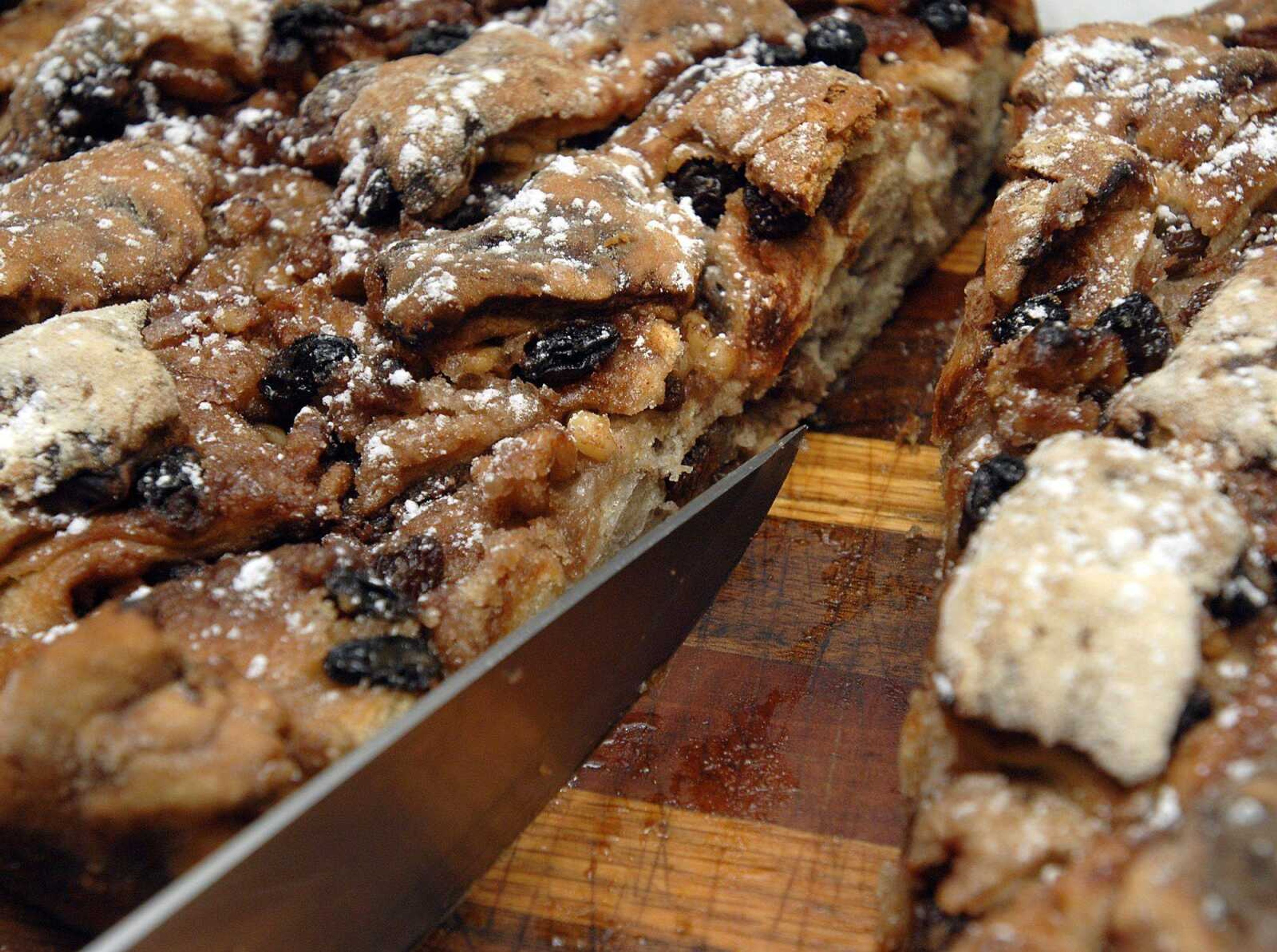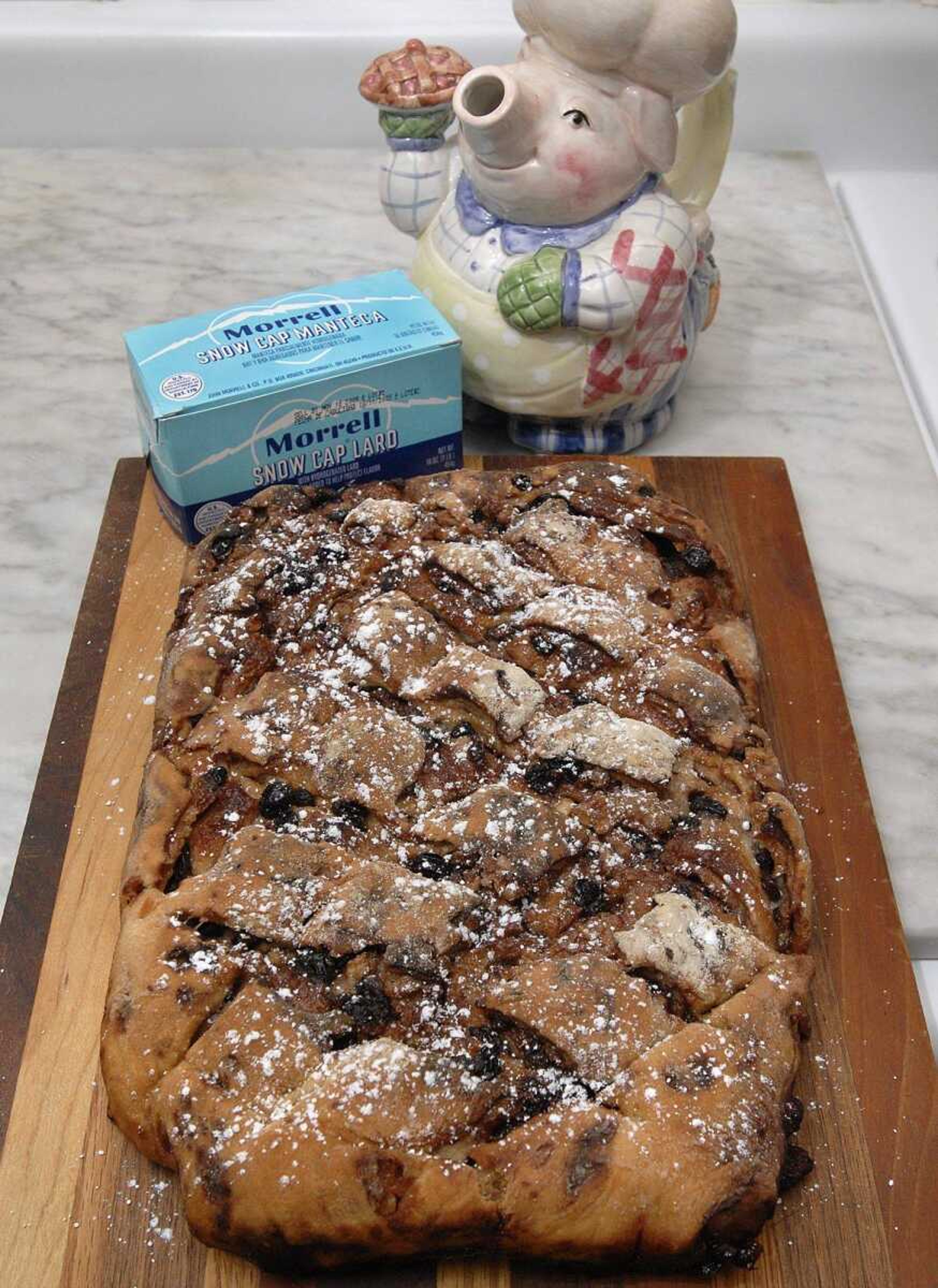A Harte Appetite: Praise the lard
Remember the movie "Sleeper"? It stars Woody Allen as a health food store owner who is cryogenically frozen in 1973 and revived 200 years later. In my favorite scene, a physician of the future -- puzzled by Allen's request for wheat germ, organic honey and tiger's milk -- asks a colleague for an explanation. "Oh, yes," he replies, chuckling. "Those are the charmed substances that some years ago were thought to contain life-preserving properties."...
Remember the movie "Sleeper"? It stars Woody Allen as a health food store owner who is cryogenically frozen in 1973 and revived 200 years later.
In my favorite scene, a physician of the future -- puzzled by Allen's request for wheat germ, organic honey and tiger's milk -- asks a colleague for an explanation. "Oh, yes," he replies, chuckling. "Those are the charmed substances that some years ago were thought to contain life-preserving properties."
The first physician inquires with surprise, "You mean there was no deep fat? No steak or cream pies or hot fudge?" His colleague answers, "Those were thought to be unhealthy ... precisely the opposite of what we now know to be true."
Allen was just trying to be funny, but he may have been more prescient than he realized. Today we know that chocolate can be good for you, we've learned that butter (churned cream) is safer than margarine, and we understand that fat, at least the right kind of fat, is not necessarily bad.
In fact, it turns out that even lard, that most maligned of fats, suffers from an undeserved reputation. As Dr. Georganne Syler, a registered dietitian who teaches classes in nutrition at Southeast Missouri State University, points out, lard contains a significant amount (about 60 percent) of monounsaturated and polyunsaturated fats, the so-called good fats that you find in olive oil. Moreover, it contains a third less saturated fat than butter and less than half as much cholesterol.

Finally, pure lard contains no trans fats, the kind that raise bad cholesterol and lower good cholesterol. Margarines and shortenings, due to the process of hydrogenation that keeps them solid at room temperature, typically are full of them. Thus, ironically, as Syler observes, they are worse than the animal fats they were devised to replace.
So how did lard get such a bad rap? There was a time when it was what most people cooked with. After all, humans have been making lard (rendered pork fat) ever since they started raising pigs, a good 10,000 years ago. By the mid-20th century Americans were annually consuming nearly 15 pounds of the stuff per person, using it even as a spread. But after Procter & Gamble began aggressively marketing Crisco (a contraction of "crystallized cottonseed oil") as a more digestible, hygienic and sophisticated alternative, lard's reputation became, well, splattered. Then the fat phobia that started in the 1960s led people to think it was something akin to poison.
Now we know better. A little lard is not inherently unhealthy. That's good news if you want the flakiest pie crust or the most delectable fried potatoes. Let us now praise the lard.
Wiltshire Lardy Cake
Pig farming is a major enterprise in Wiltshire, England, so it's no surprise that they'd invent a cake like this. It's often served at Buckingham Palace garden parties. I've added walnuts and streamlined the dough by adapting a recipe from "Artisan Bread in Five Minutes a Day" by Jeff Hertzberg and Zoe Francois.
1 and 1/2 cups lukewarm water
2 and 1/4 teaspoons granulated yeast
1/2 tablespoon salt
3 and 1/4 cups flour
1 cup lard
1 cup raisins
1 cup walnuts, coarsely chopped
1 cup sugar
1 tablespoon cinnamon
Mix yeast and salt with water in a 3 quart container. Mix in flour. Cover loosely and allow to rest at room temperature about 2 hours until dough rises and flattens on top. Refrigerate overnight. Dusting with flour as necessary, shape dough into a ball and roll out to a 1/4-inch thick rectangle. Dot surface with 1/3 cup softened lard. Sprinkle 1/3 cup raisins, 1/3 cup walnuts, 1/3 cup sugar and 1 teaspoon cinnamon over top. Fold dough into thirds, sealing the edge. Repeat twice with remaining lard, raisins, sugar and cinnamon. Place in greased 9-by-13-inch baking dish and let rest 1 hour. Score top of dough in a crisscross pattern and bake 30 minutes at 450 degrees until golden brown. Cool 10 minutes before serving.
Tom Harte's book, "Stirring Words," is available at local bookstores. A Harte Appetite airs Fridays 8:49 a.m. on KRCU, 90.9 FM. Contact Tom at semissourian.com or at the Southeast Missourian, P.O. Box 699, Cape Girardeau, MO 63702-0699.
Connect with the Southeast Missourian Newsroom:
For corrections to this story or other insights for the editor, click here. To submit a letter to the editor, click here. To learn about the Southeast Missourian’s AI Policy, click here.











